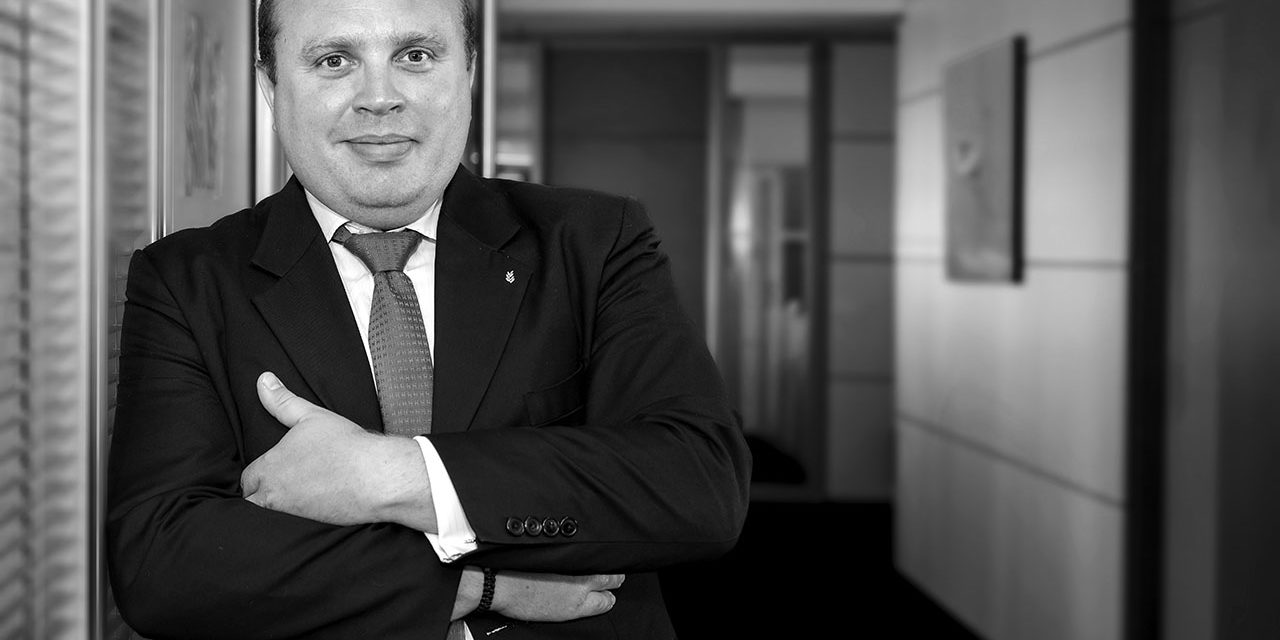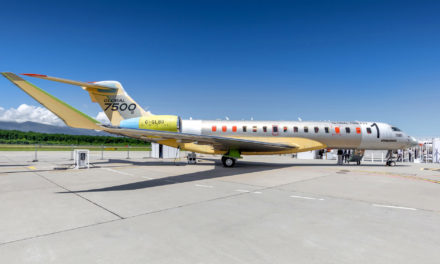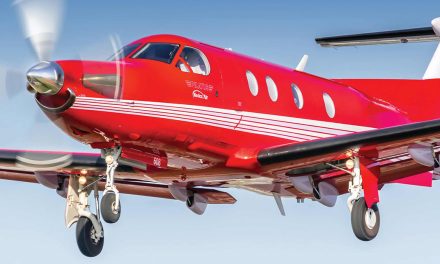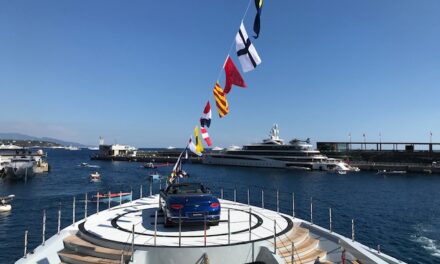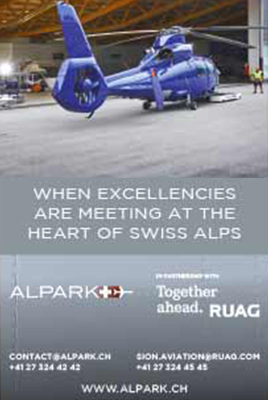After having addressed the questions related to the renewal of a corporate jet, I propose a focus on the key issues of the “pre-purchase” inspection for both the seller and the buyer, but also for the maintenance workshop responsible for this operation.
Whatever your role, this pre-purchase inspection is a complex
and engaging act, its consequences can be problematic if it is not carried out in
the state of the art. carried out of
the rules of art / with great care / with a professional care / carried out of
the book of rules (très très précieux pas dans ce genre de texte) …
Any defects discovered during such a visit result in repairs that will, depending on the contract, either at the expense of the new owner or that of the seller. This often generates financial or judicial complications, sometimes penalizing for one or other of the parties.
In addition, maintenance contracts for some types of aircrafts may exclude from their warranties defects discovered outside the manufacturer’s planned inspections, including the pre-purchase inspection. It is therefore necessary to analyze the clauses of these contracts in order to discern responsibilities.
For example, some cases of corrosion require repairs up to 20% of the price of the aircraft! If these defects are discovered several months after the sale, they can lead to a major disappointment for the new owner, and even call into question the economic balance of the project.
It is therefore important to be vigilant, especially since certain inspections are carried out according to the manufacturer’s maintenance manual. Although this manual is intended to ensure the longevity of the aircraft in service, it does not allow to assess the cost of future visits.
Thus, a component may have tolerated defects during a standard airworthiness inspection, but may be out of tolerance within a calendar revision of the same component.
The purchaser of a “compliant” aircraft may, several months after the purchase, have to carry out expensive maintenance actions that could have been discovered during a duly supervised pre-purchase inspection.
To take a very recent concrete example, a boroscopy of engines carried out as part of a pre-purchase inspection, but with the criteria of “on line” inspection, revealed nothing. Yet our in-depth expertise has helped avoid overhaul expenses, amounting to nearly $ 500,000, not covered by maintenance contracts.
The price difference between a basic pre-purchase inspection and a more thorough one is justified by the significant savings that can be made during this operation.
If the owner and the pilot know how to manage this step, the help of an independent expert with recognized skills is essential, however, to achieve substantial savings, in the short and long term.
FLB and a few other specialized companies offer this advice in the sole interest of owners, constantly analyzing all situations, to assess and optimize the financial risk, with the utmost respect for flight safety and associated procedures.
The independence of this consultant is essential and the follow-up service may, for example, be paid for savings achieved compared to previous years or during a pre-purchase inspection.
By working together, owner, chief pilot and consulting company will improve the quality and management of maintenance operations while enhancing flight safety.
.

